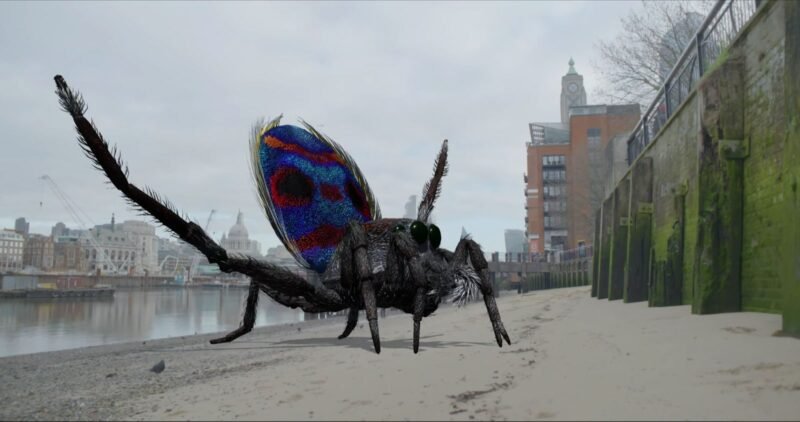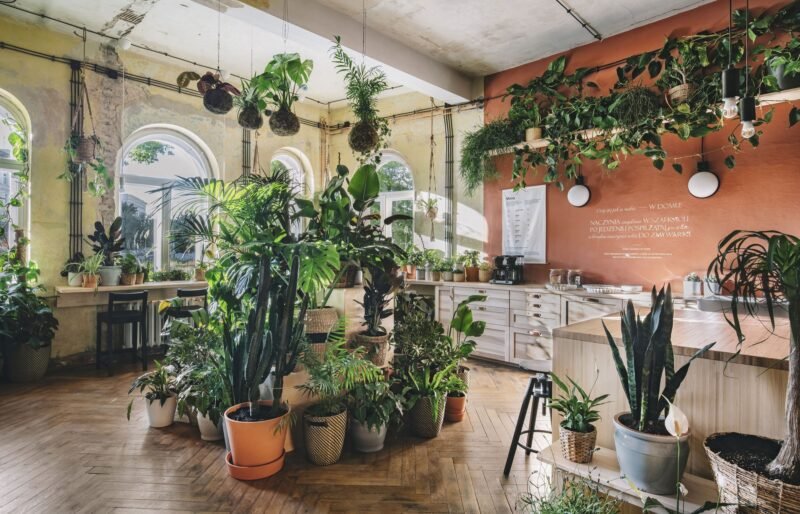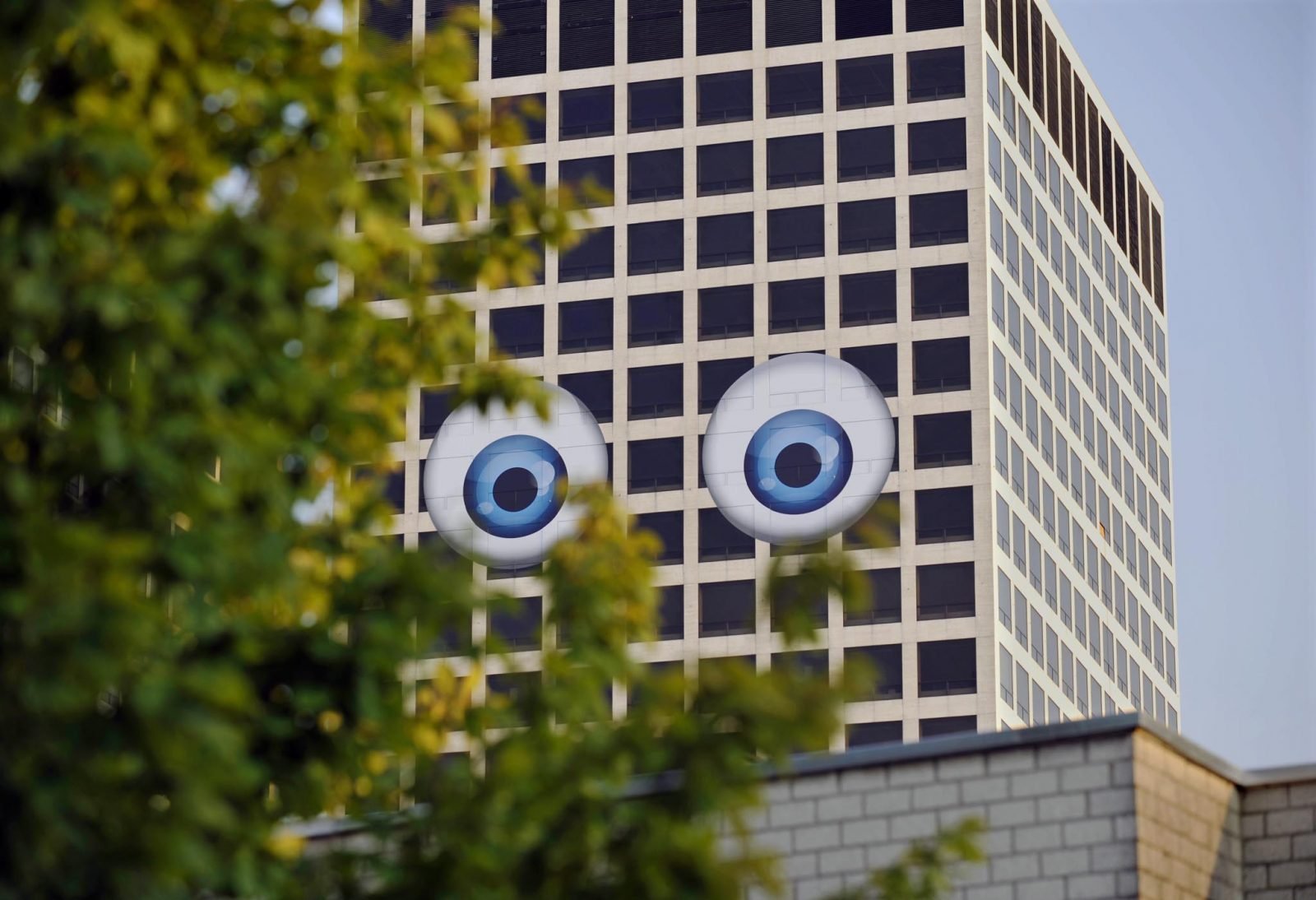IKEA Urbanism: A New Era In Urban Design?
Will the new era of architecture be the era of IKEA urbanism? IKEA has proposed to build a complete neighborhood in East London. The Swedish furniture giant tries to implement its ideas and concepts in new fields of knowledge and urbanism. After its injection of each single family’s interior with cheap design furniture and the introduction of the IKEA standard house by daughter company BoKlok, it seems to be time for a complete IKEA neighborhood, reports the Huffington Post, LandProp — also part of the IKEA group — is planning to build a neighborhood of 1,200 houses, shops, cafés and a 350-room hotel.

The whole 26 acres site near the Olympic Park in Stratford will be surrounded by two waterways and will have water as a central concept. London’s brand new ‘mini-Venice’ will offer all all opportunities to residents to make the most of their waterside location by using the moorings, water taxi service, and even a floating cocktail bar. The whole building operation should start in 2013 after permission is given.
“The aim is to create a friendly neighbourhood idyll, with courtyards and a public square to encourage interaction, and the unsightly aspects of life will be kept to a minimum. Cars will be parked underground and rubbish will be discreetly disposed of through underground tunnels. A school, health surgery and nursery will be built to minimise inconvenient travel.”
Yes, a simple and affordable family product in a design jacket, as we could expect from the world’s largest furniture retailer. The people who buy it might love it and also London Mayor Boris Johnson is enthusiast as he states that this is the second largest private investment rippling out of the 2012 Olympic legacy in Stratford, the other one is the Westfield Shopping mall.

But is this good for the professional fields of architecture and urbanism? As an experiment it’s great. Would the principles, logics and ideas of a multinational company work when copied to urbanism? Does the perfect neighborhood that suits everyone exist? As an experiment it’s interesting, and also for bloggers and other media it’s nice. But can IKEA do the same to urbanism as what it did to interior design? Is it able to create neighborhoods that are as comfortable, cheap, good-looking and popular with the majority as its furniture? Perhaps it can, with its design skills as well as its capacity to organize big areas, as IKEA did to its shops that almost turned into complete villages themselves.
On the other hand, we should conclude that ‘one-size-fits-all urbanism’ will not be good for the variety and attractiveness of cities in general. Imagine the same number of people to live in an IKEA house as owning a Billy cupboard… These neighborhoods are not meant to solve problems or improve the city to some extent. In essence they are there to earn money for the company. The simple idea of IKEA is to give the people what they think they want. But people that have they wanted are bored, unhappy and unsatisfied. I think this neighborhood will feel the same as everything else from IKEA as soon as it’s realized. It looks better in the brochure than in real.
[adrotate banner=”3″]



